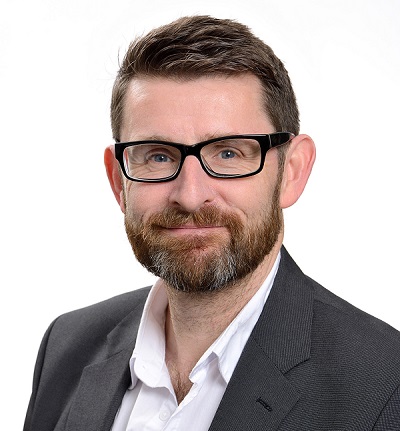Links to external sources may no longer work as intended. The content may not represent the latest thinking in this area or the Society’s current position on the topic.
Industry Fellows College networking event
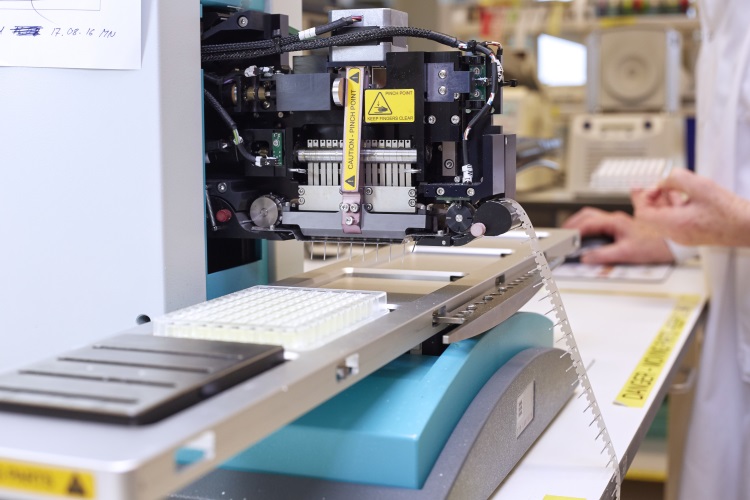
A networking meeting organised by the Industry Fellows College. The program focuses on introducing new members of the college through presentations, tours, discussions and networking.
Located within the Warwick Manufacturing Group at the University of Warwick, delegates will gain the opportunity to make new contacts, contribute to discussions on getting the most out of their collaborations and projects, and learn about the new facilities available at WMG.
Attending this event
As well as new and current Industry Fellows, there will be a limited numbers of places at this event for others interested in the relationship between industry and academia.
If you would like to attend, please email industry@royalsociety.org with a short explanation as to why you are interested in the event
As places are limited, we cannot guarantee that there will be a space available.
Organisers
Schedule
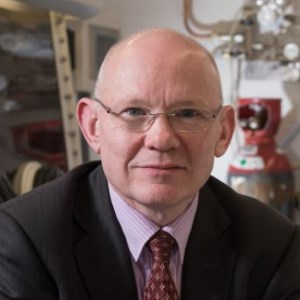
Professor Peter Bruce FRS

Professor Peter Bruce FRSPeter Bruce is Wolfson Professor of Materials at the University of Oxford. His research interests embrace materials chemistry and electrochemistry, with a particular emphasis on energy storage. Recent efforts have focused on the synthesis and understanding of new cathode materials for lithium and sodium ion batteries, understanding processes in all solid-state batteries and the challenges of the lithium-air battery. His pioneering work has provided many advances. Peter has received numerous awards, including the Tilden Prize of the RSC, the Carl Wagner Award of the ECS, the Liversidge Award of the RSC and the Hughes Medal of the RS. He has also been recognised as a Highly Cited Researcher by Clarivate Analytics each year since 2015. Peter is a founder and Chief Scientist of the Faraday Institution, the UK centre for research on electrochemical energy storage. Peter took up the position of Physical Secretary and Vice President of the Royal Society in 2018. |
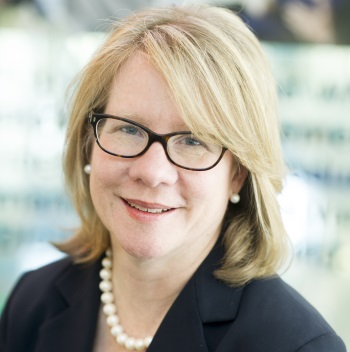
Professor Barbara Shollock, University of Warwick, UK

Professor Barbara Shollock, University of Warwick, UKProfessor Barbara Shollock is Academic Director of WMG and Professor within the Steels Processing research group. Professor Shollock joined WMG in 2014 from Imperial College London where she was a Senior Lecturer. She gained her undergraduate degree from Lehigh University, Pennsylvania and D.Phil from University of Oxford. She has been a TFR visiting Professor at Technical University of Lulea Sweden and held an industrial fellowship with The Royal Society. |

Dr Gihan Mudalige, University of Warwick, UK

Dr Gihan Mudalige, University of Warwick, UKDr. Gihan Mudalige is an Assistant Professor in the Department of Computer Science at the University of Warwick. His research focuses on the development of next-generation High Performance Computing numerical simulation software libraries through the utilization of domain–specific high-level abstraction (HLA) frameworks. The key motivation of this research is to develop techniques to automatically parallelize an application while at the same time maintain near-optimal performance on diverse multi-core and many-core parallel systems. As part of this work Dr. Mudalige acts as one of the main developers of the OP2 and OPS embedded domain specific languages, two of the earliest high-level frameworks to demonstrate the significant utility of this novel technique for developing production-grade HPC applications. Dr. Mudalige’s current and recent research work includes projects with Rolls-Royce plc, IBM TJ-Watson Laboratory, the Science and Technologies Facilities Council (STFC), Imperial College London, University of Bristol, and the University of Southampton. In 2018, he was awarded a four-year Royal Society Industry Fellowship with Rolls-Royce, focusing on developing future-ready massively-parallel CFD simulations for Exascale HPC systems. Previously Dr. Mudalige worked as a Research Associate and Senior Researcher at the University of Oxford’s e-Research Centre for six years before joining the Warwick Computer Science faculty in 2016. He has also worked as a research intern at the University of Wisconsin-Madison’s (US) Department of Computer Science and holds a PhD in Computer Science from the University of Warwick. Dr. Mudalige is a member of the ACM. |
|

Dr Graeme Hansford, University of Leicester

Dr Graeme Hansford, University of LeicesterDr Graeme Hansford graduated in Natural Sciences (Chemistry) from the University of Cambridge and was awarded his PhD in high resolution infrared spectroscopy at the same institution in 1994. He went on to develop a variety of balloon- and aircraft-borne instruments for atmospheric measurements within the Atmospheric Chemistry group at the University of Cambridge. In 2006, he moved to the Space Research Centre at the University of Leicester to develop X-ray instrumentation for space missions, with an emphasis on detectors and X-ray diffraction (XRD). Since 2010, his work has focused on novel XRD techniques, instrumentation and applications, particularly a technique he invented which can be applied without any preparation of the sample at all. |
|

Dr Gonzalo Vallejo Fernandez, University of York

Dr Gonzalo Vallejo Fernandez, University of YorkI have been an active researcher in the field of magnetism and magnetic materials for 14 years with a strong focus on working with industry. I received my PhD in experimental magnetism in 2007 from the University of York. Subsequent to my PhD I remained in York as a post-doctoral researcher. In October 2008 I moved to the University of Glasgow as a Senior Research Fellow where I specialised in electron microscopy. In 2010 I returned to the University of York Research & Innovation office developing new opportunities for working with industry. Since October 2012 I am a lecturer in the Department of Physics at York. |
|

Professor Rustam Stolkin, University of Birmingham

Professor Rustam Stolkin, University of BirminghamProf. Rustam Stolkin is concurrently: Royal Society Industry Fellow for Nuclear Robotics; Chair in Robotics at University of Birmingham; and Director of SME company A.R.M Robotics Ltd. Rustam attained his MEng degree in Engineering from Oxford University, followed by a PhD in Robot Vision undertaken between University College London and imaging industry. Rustam is highly interdisciplinary, with over 100 publications, spanning robotic vision, robotic manipulation and grasping, human-robot interaction, sensor systems, machine learning and AI. He also holds two patents spanning both mechanical and algorithmic aspects of robotics. Rustam is PI on >€13million in current live grants, leading research collaborations spanning 7 countries on 3 continents. He is especially well known as an international leader in the development of robotics for nuclear applications, including leading the €6.8million H2020 project RoMaNS (Robotic Manipulation for Nuclear Sort and Segregation). He is also very active in educational outreach and innovation, including a long collaboration with the Royal Institution. |
|

Professor Steve Morgan, University of Nottingham

Professor Steve Morgan, University of NottinghamStephen Morgan is Professor of Biomedical Engineering at the University of Nottingham and has since 1992, investigated novel optical techniques for imaging and spectroscopy of tissue using laser Doppler flowmetry, acousto-optic imaging and hyperspectral imaging. At Nottingham, he has held an EPSRC Advanced Fellowship (1998-2006), Readership (2006-2010) and became Professor of Biomedical Engineering in 2010. His research involves the development of devices to monitor the microcirculation specifically in tissue breakdown and wound healing. For example, he currently has i4i funding for development of a novel endotracheal tube that can monitor the microcirculation at the cuff/trachea interface. Recent work involves the development of photonic textiles. These sensing systems, incorporated into garments can monitor pressure, temperature, the microcirculation and other biomarkers. His work has involved close collaboration with industry partners such as Footfalls and Heartbeats, P3 Medical, Surepulse Medical and Moor Instruments. He is a Royal Society Industry Fellow, the Principal Investigator of the EPSRC funded Cyclops Networkplus and a co-investigator of the Medical Devices and Vulnerable Skin Networkplus. |
|
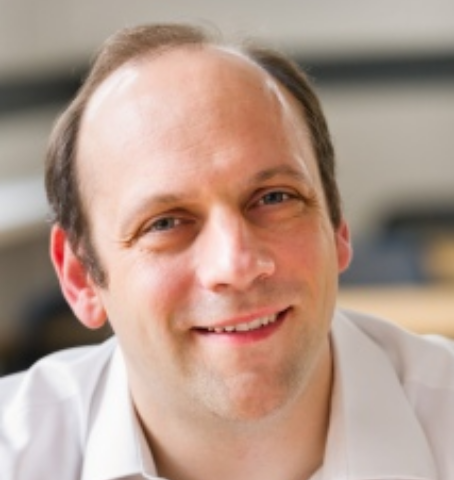
Professor David Dye, Imperial College London, UK

Professor David Dye, Imperial College London, UKDavid Dye is a Professor of Metallurgy in the Department of Materials at Imperial College London, UK. He mostly works on the fatigue mechanisms, micromechanics and design of titanium and nickel/cobalt superalloys, with additional interests in twinning induced plasticity steels, zirconium and in superelastic NiTi-based alloys. Primarily, he collaborates with Rolls-Royce and across the aerospace and nuclear sectors. Prior to moving to Imperial in 2003, he worked at the neutron spectroscopy facility in Chalk River, Canada. His undergraduate degree and PhD were from Cambridge University, on the weldability of nickel-base superalloys. He has received a number of awards for his work on welding of superalloys and on titanium alloys, has published over 80 journal articles and was an EPSRC Leadership Fellow, 2010-15. |

Dr Kurt Debattista, University of Warwick

Dr Kurt Debattista, University of WarwickKurt Debattista is an Associate Professor within WMG, University of Warwick. He has a PhD from the University of Bristol, an MSc in Computer Science, an MSc in Psychology and a BSc in Mathematics and Computer Science. He has published over 100 peer-reviewed papers in journals and international conferences on high-fidelity rendering, HDR imagery, HPC, machine learning and applied perception. Debattista has been awarded three patents; and he currently has another four patents on imaging filed. He has supervised over 20 students at doctoral level. Debattista has been PI and CI on a number of EPSRC, NHS, RS, EU and TSB/InnovateUK grants. |

